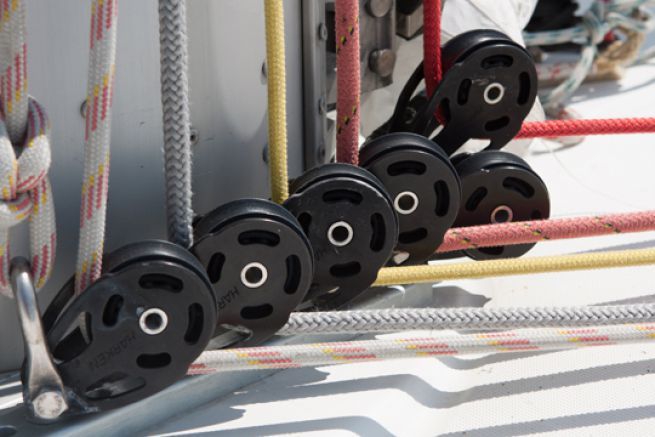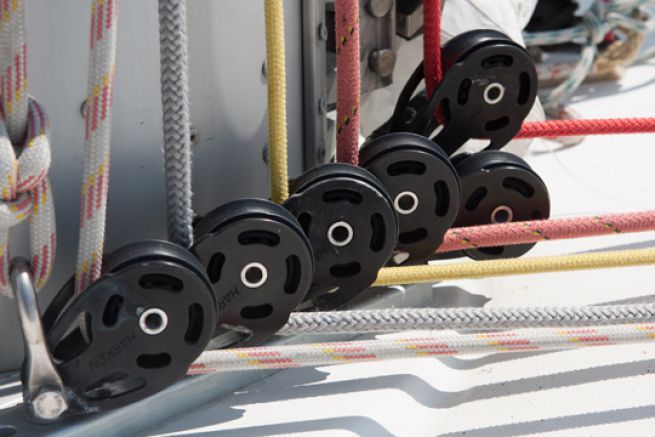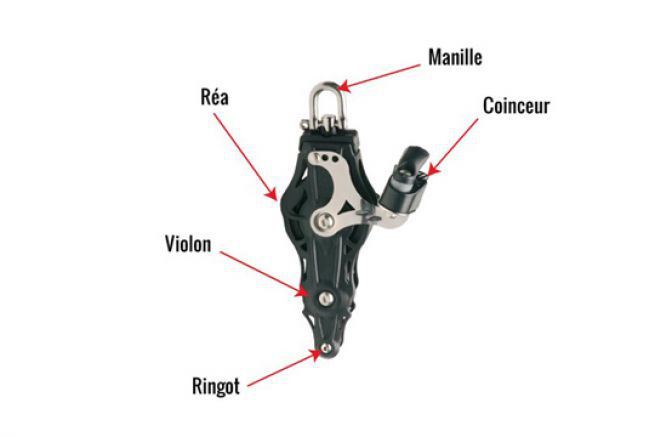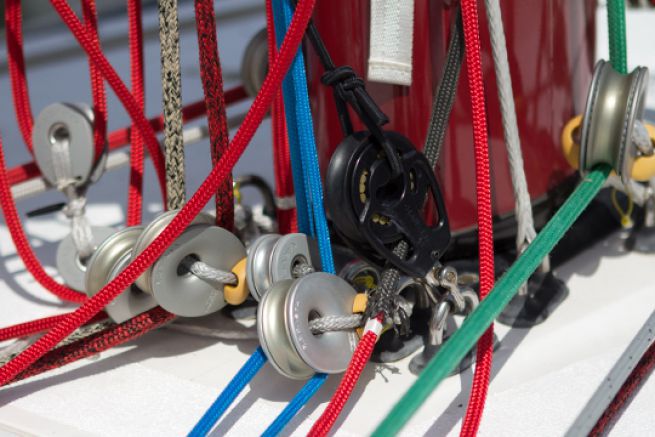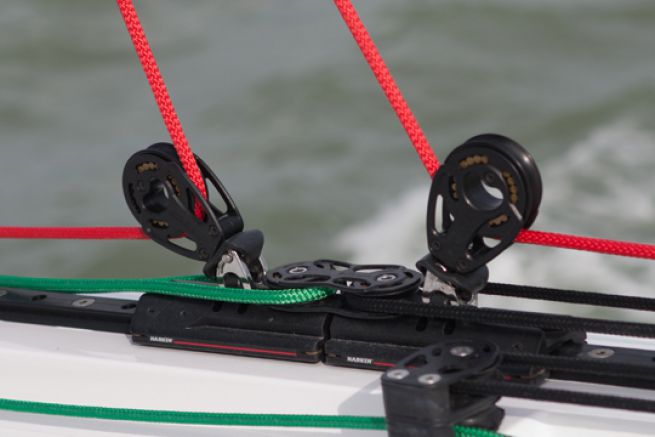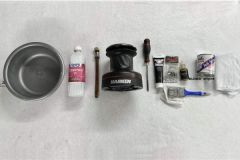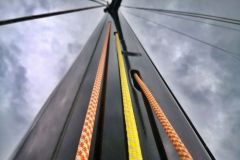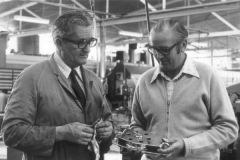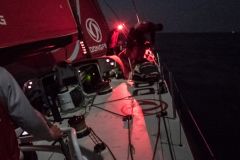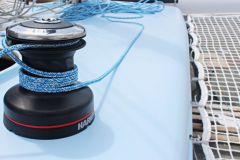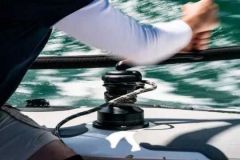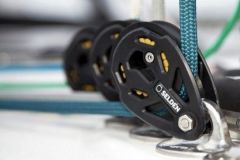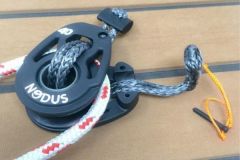The pulleys are classified in 3 families which are differentiated by their surface of rotation :
- marbleless
- with beads
- roller
In addition to these 3 main families, there are the sheaves without sheave, also known as friction sheaves, which have no moving parts.
Each of these families has different workloads. Understanding this mechanics gives indications to choose the model best suited to your needs, and to be satisfied with your choice.
The pulleys without balls
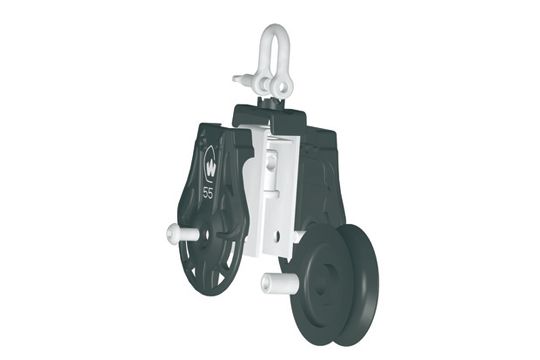
The sheave (often made of plastic) rotates on a shaft (often made of stainless steel). These pulleys can withstand high working loads, but offer a high friction coefficient . The pressure drop is considered to be about 10% (you pull 100 kg before the pulley, you lift 90 kg after the pulley).
It's a little the all-purpose pulley the one that responds present in all situations. And as it is also the cheapest, if you have any hesitation, opt for a pulley without balls. Even if it is not the sexiest model, even if the sheave does not play the spinning top when you throw it with your finger, don't be mistaken, it will be as comfortable on a halyard at the foot of the mast as on a mainsheet hoist.
Innovation: ino-Rope's attempt to propose a pulley with a textile shaft. A Dyneema axle The material is very slippery and offers very low friction for a very high workload.
The ball pulleys
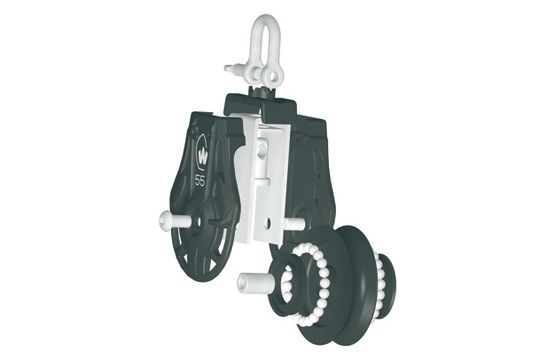
The rotation of the sheave is ensured by balls. These are the most pleasant pulleys in a shop, because you rotate the sheave by hand and you hear the balls singing for several seconds. By providing a small contact surface, the balls limit friction (we consider about 5% loss with ball sheaves). The main disadvantage is that the balls are crushed under the load and therefore slow down the rotation. These pulleys should therefore be installed where speed and glide are important. But not where high loads apply.
We install these pulleys mainly on the spinnaker sheets. The load is not too heavy, whereas it is necessary to embark quickly.
Roller pulleys
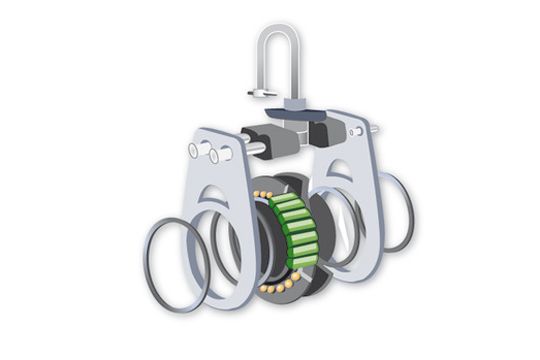
Replacing the balls with rollers limits deformation under high load and maintains good glide. It is therefore the right pulley capable of everything: high load and good glide. The major disadvantage is its price, which is much higher than the other two categories.
Here is the ideal pulley... if not its price! So if Santa was generous, don't hesitate!
Friction rings
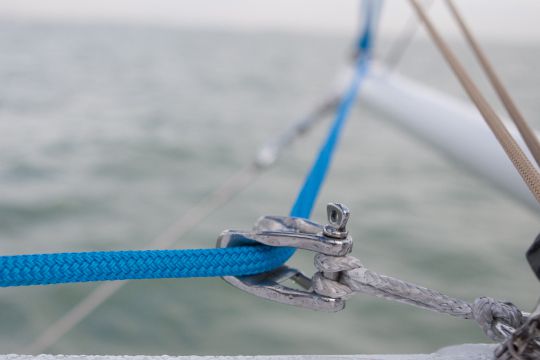
Alongside the pulleys, we find this type of fittings without any moving parts. Although the efficiency is much lower than that of a pulley with a sheave, the workload is considerably higher. These "pulleys" are ideal for supporting static loads, for example the installation of a pulley halyard.
With unrivalled characteristics in sheaves, friction rings are used for halyards, but also as the tack of an asymmetric spinnaker with very high dynamic loads.
